Of the anus or nach serves as the end segment of the digestive system for controlled defecation and ensures the continence of the rectum (rectum). Most of the complaints in the anal area are usually harmless, but in many cases they are not clarified due to false shame.
What is the anus?

As anus (also nach) is the name given to the excretory opening of the gastrointestinal tract or the rectum.
As part of the digestive system, the anus ensures controlled defecation (defecation) and, as a rectal closing organ, ensures stool continence.
The anus is primarily modeled by an internal and external sphincter muscle, whose muscle activity controls defecation in cooperation with other structures of the digestive tract.
Anatomy & structure
Of the anus is formed primarily from two important circular muscles. The autonomous, i.e. Independent of the human will, the functioning inner circular muscle, the so-called sphincter ani internus muscle, consists of smooth muscles that emanate seamlessly from the rectal tunica muscularis (smooth muscle layer of the rectum).
This is separated from the external sphincter muscle of the anus, the muscle sphincter ani externus, by a longitudinally striped muscle layer. The striated muscle sphincter ani externus has loop-shaped fibers and is divided into the pars subcutanea, pars superficialis and pars profunda.
The external sphincter is innervated voluntarily via the pudendal nerve and, when it relaxes, initiates the passage of stool via the anus. The end segment of the rectum, formed by the sphincter muscles and about 4 cm long, is called the anal canal (Canalis analis) and forms the lumen of the anus. The anal canal is lined by pocket-shaped anal crypts, which, as ducts of the anal glandes (anal glands), secrete slimy secretion into the anal canal.
Posteriorly (to the back) the anus is connected to the coccyx vertebrae (os coccygis) by a connective tissue band (ligamentum anococcygeum), while anteriorly (on the abdomen) the urethra (man) or vagina (woman) lies directly against the anus.
Functions & tasks
The two ring-shaped sphincters control the defecation process in cooperation with the levator ani muscle and accordingly function together as a rectal sphincter. The inner sphincter prevents the involuntary defecation.
If the intestinal contents penetrate the rectum during its passage through the gastrointestinal tract, stretch receptors are stimulated on its wall, which cause an expansion (dilation) of the internal sphincter, while the external sphincter remains contracted and, via a permanent state of tension (permanent tone) of the muscles, continence maintains.
In addition, the external anal sphincter causes the so-called plexus venosus rectalis (rectal venous plexus) to expand, which additionally seals the anus and prevents intestinal gases from escaping. In addition, the contractions of the internal sphincter ensure that the blood cannot flow back. This will fill the hemorrhoids and provide a fine seal for the rectum. The urge to defecate builds up with increasing filling volume.
The voluntarily controlled relaxation of the external sphincter muscle initiates defecation, whereby the internal sphincter muscle also relaxes. Stool evacuation is supported by the reflex contraction activity of the section of the large intestine located between the rectum and sigmoid (rectosigmoid) and the elevation of the anus by the levator ani muscle. The so-called abdominal press, the simultaneous contraction of the diaphragm as well as the abdominal and pelvic floor muscles, can also accelerate the passage of stool via the anus.
Diseases
Of the anus can be affected by various complaints and illnesses, but in most cases they are harmless. One of the most clinically relevant diseases of the anus is, for example, perianal thrombosis (also called anal thrombosis), in which there is a venous thrombosis (blood clot) in the outer area of the anus or in the venous plexus as a result of long periods of sitting (stasis) or permanent pressing. A perianal thrombosis should be differentiated from a perianal abscess, which is characterized by a purulent inflammation in the tissue structures around the anus and is usually caused by a bacterial infection.
In addition, following conservative therapy for perianal thrombosis, so-called skin tags (skin folds) can develop, which, if the anal hygiene is inadequate, are susceptible to infections and can lead to dermatitis and pruritus (itching). In the case of reduced blood flow to the anal canal skin, increased sphincter tone (tension in the circular muscles) and / or existing constipation (constipation), the skin of the anal canal can also tear (anal fissure).
A very common disease of the anal area is hemorrhoidal disease, which is associated with an enlargement of the hemorrhoidal blood cushions, the ring-shaped arterovenous vascular cushions that ensure fine continence. In rare cases, anal carcinomas (malignant tumors) can manifest. Genetically caused malformations of the anus such as an atresia ani (closed anus) can also be observed.
Typical & common diseases
- Anal discomfort (anus discomfort)
- Fecal incontinence
- Anal fissure (anal tear)
- Anal fistula
- Anus itching (itching of the anus)
- Painful bowel movements

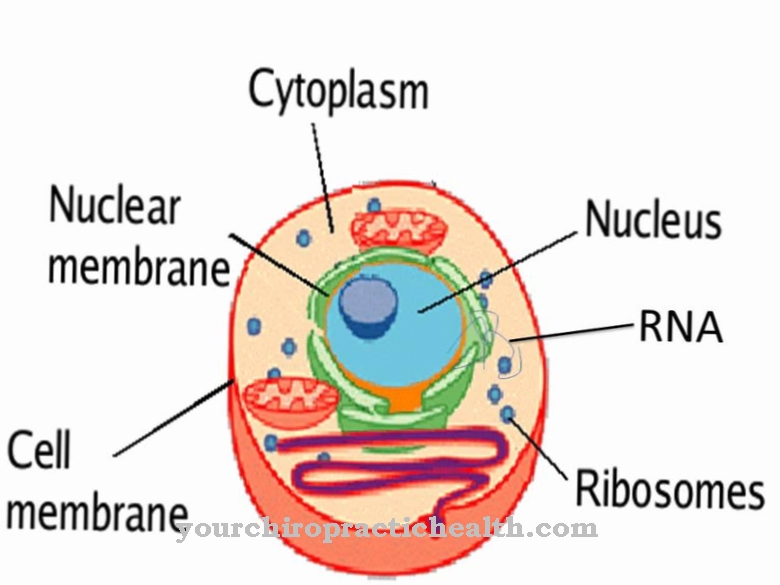
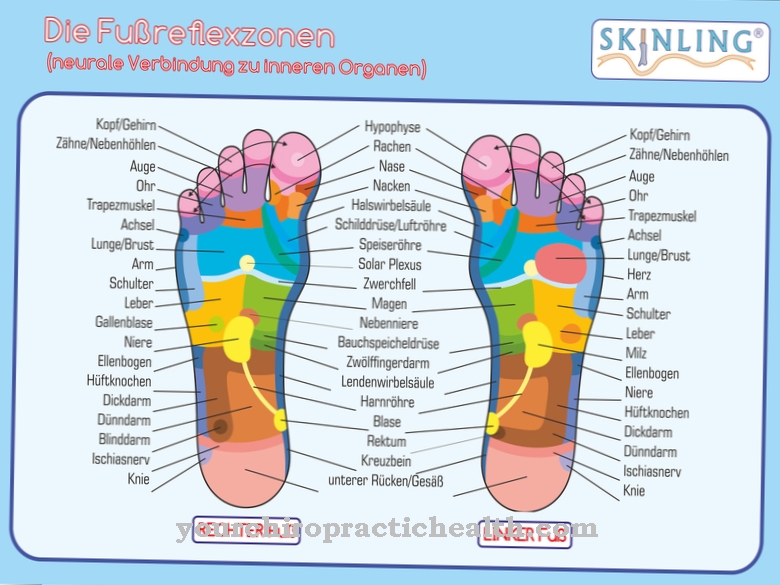
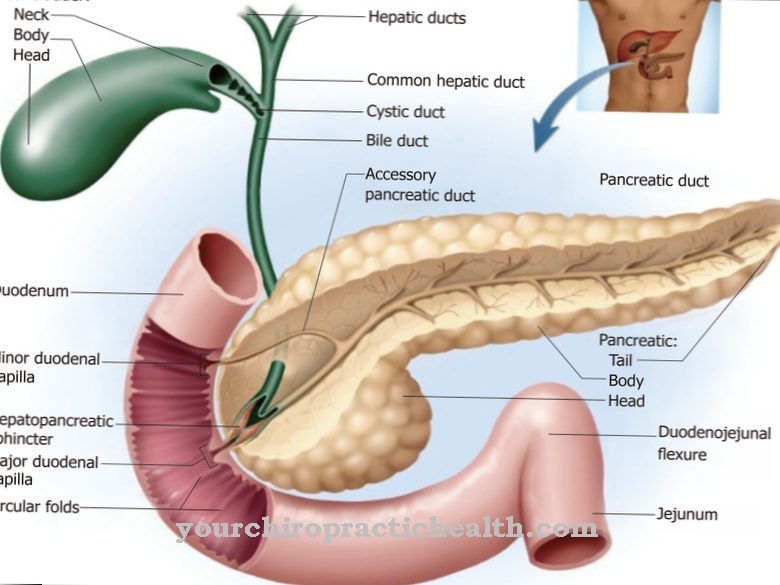
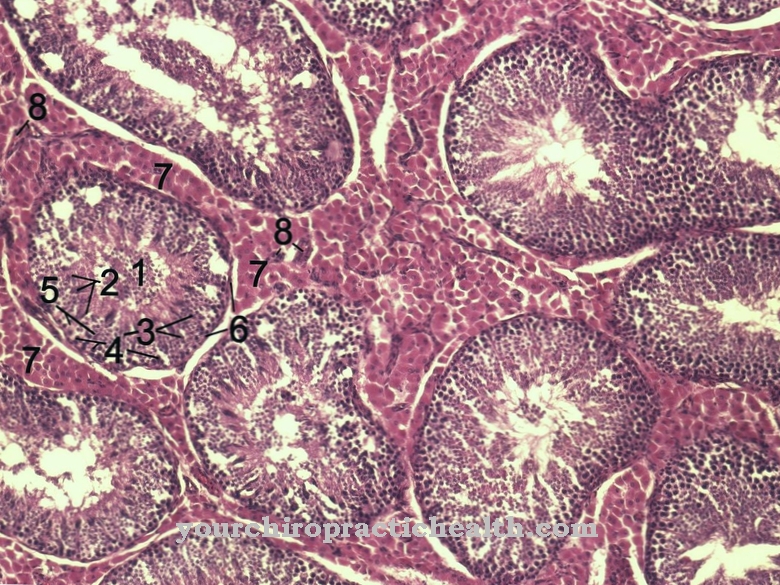
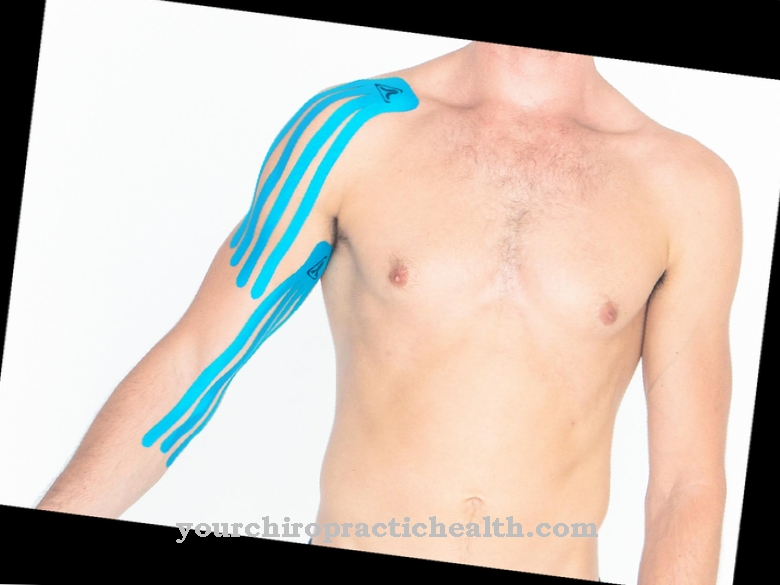
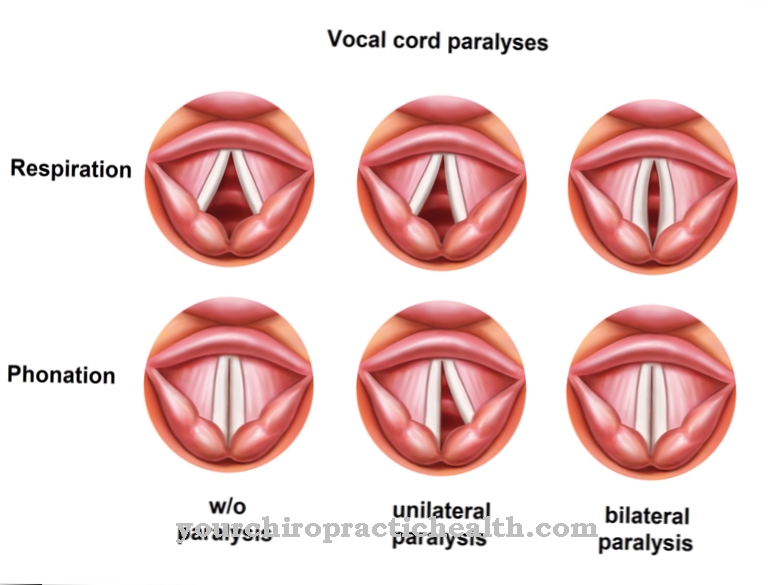






.jpg)

.jpg)
.jpg)











.jpg)